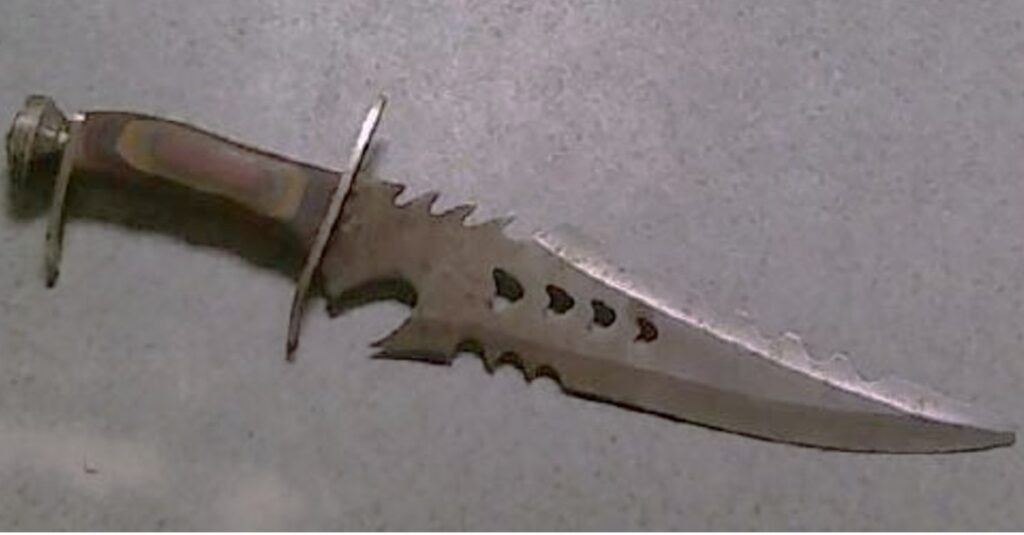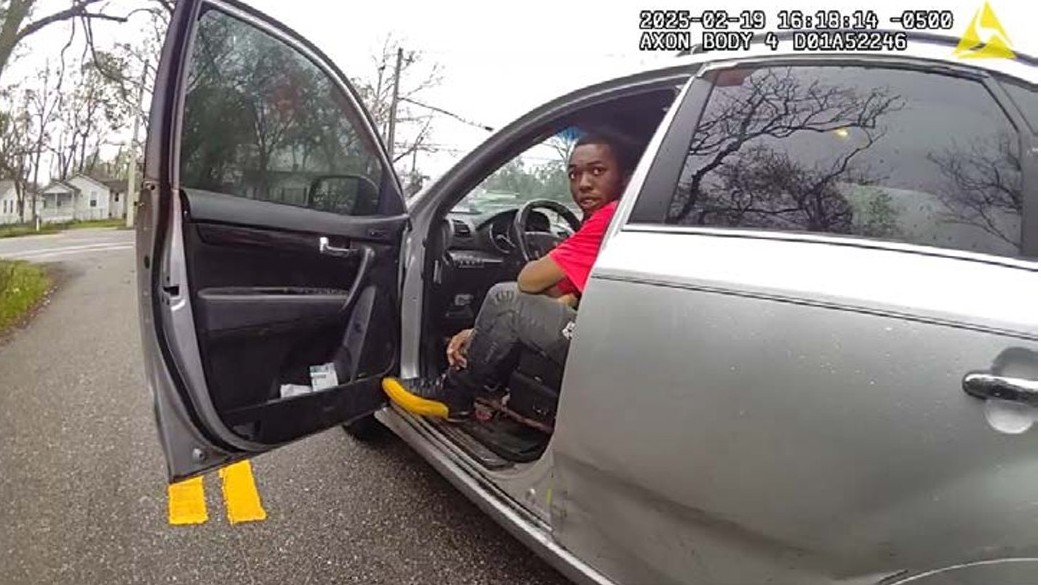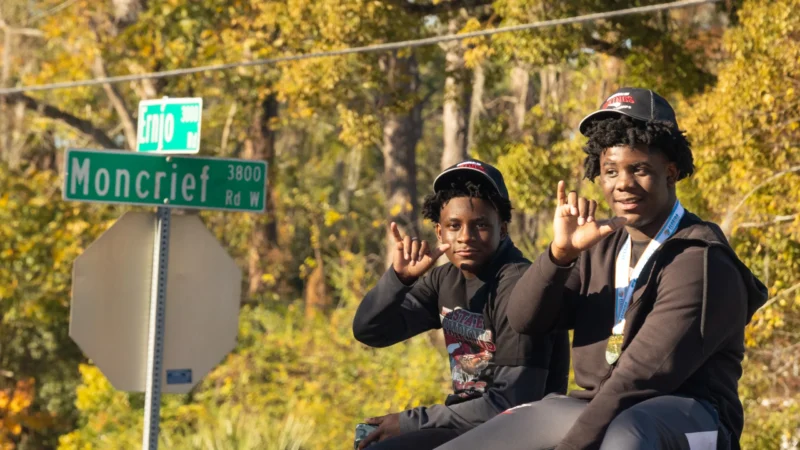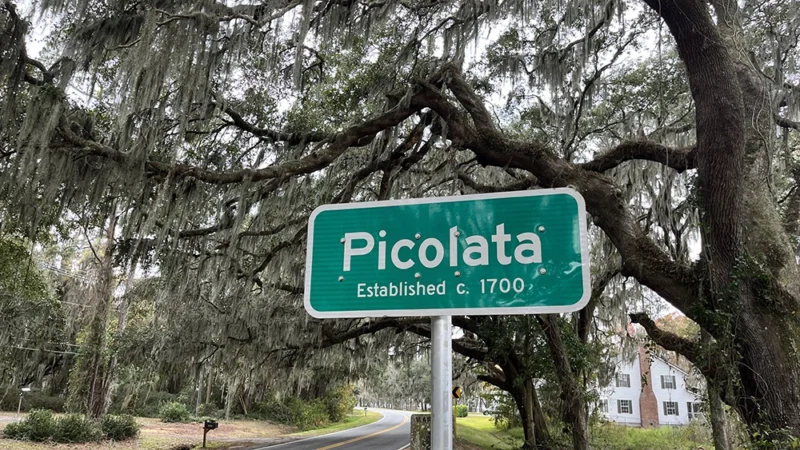The State Attorney’s Office says police officers who roughed up a motorist in a video that went viral were justified because he refused to cooperate.
The office released a memorandum Wednesday explaining why it decided not to charge the officers in the arrest of Will McNeil Jr. in February.
McNeil, 22, recorded the traffic stop on a dash-top camera and posted it on social media five months later. It received received millions of hits and sparked protests from civil rights organizations.
In the video, Officer D. J. Bowers is shown breaking McNeil’s car window, hitting him and dragging him from the vehicle.
Bowers has been removed from law enforcement duties while the Sheriff’s Office investigates whether he violated department policies — separate from the criminal exoneration by the State Attorney’s Office.
In a statement Wednesday, State Attorney Melissa Nelson said McNeil created a dangerous situation by refusing to follow officers’ instructions.
“It is important we take this opportunity to emphasize public safety during traffic stops,” Nelson said. “The narrative surrounding this incident has stirred up misinformation and, frankly, dangerous advice on how to conduct oneself during a stop. The criminal justice system provides many avenues for citizens to challenge the actions of police officers; however, physical resistance is not one of them. It is vital for everyone’s safety to comply with commands at the roadside and save the legal battle for the courtroom.”
Civil rights attorneys Ben Crump and Harry Daniels have announced plans to sue the Sheriff’s Office over the arrest. They said Wednesday that the state attorney’s memorandum is “little more than an attempt to justify the actions of Officer Bowers and his fellow officers after the fact.”
“Let’s be clear, the State Attorney’s Office never interviewed William McNeil,” they said. “They did, however, try to excuse the fact that Officer Bowers failed to disclose his unlawful ‘distractionary strike.’”
The Sheriff’s Office had no further comment Wednesday, beyond statements Sheriff T.K. Waters made earlier when releasing bodycam footage from the police officers.
The state attorney’s memorandum reveals that officers had noticed McNeil’s SUV at a house that was under surveillance for drug activity. Bowers then pulled McNeil over after noticing he was driving without headlights and without wearing a seatbelt.
McNeil’s arrest report said there was “inclement weather” at the time, although it is not evident on videos.
McNeil opened his door, saying his driver’s side window was broken, and asked why he was being pulled over, the memo said. Bowers explained and asked for McNeil’s license, registration and proof of insurance.
“McNeil said, ‘No,’ argued the basis for the traffic stop, and told Officer Bowers, ‘Call your supervisor,’” the memo says. “When Officer Bowers asked McNeil to step out of the SUV, McNeil again said, ‘No,’ and then slammed and locked his door.
“What started as a routine traffic stop quickly escalated into McNeil’s arrest for resisting an officer without violence for failing to follow lawful orders,” the memo says.
Bowers is heard six times on his bodycam telling McNeil that he is under arrest, the memo states. Bowers warned that he was going to break the window then did so as he continued to order McNeil out of the vehicle.

The officer then hit McNeil in the face with an open hand and told him to show his hands, which McNeil did, the memo says. Bowers unlocked the door and unbuckled McNeil’s seatbelt, which he had buckled after he was stopped.
The memorandum says McNeil resisted as he was pulled out and continued to argue, saying “No” multiple times, followed by another hit, the summary states.
“In the struggle to gain compliance, Officer Bowers punched McNeil in the chin as officers arrested him,” the memo states.
The memorandum includes four pages of photographs from officers’ bodycams, including a photo of a 17-inch knife found on the SUV’s floor, drugs in a pocket and drug paraphernalia. McNeil also was driving on a suspended license, which Bowers did not know when he pulled McNeil over, the memorandum says.
A footnote states that two police officers said McNeil continued to move his hands below the steering wheel while in the SUV. The officers were concerned that he was reaching for the knife, the memo said.
“McNeil can be seen with his right hand dangling between his legs near the driver’s side floorboard,” the footnote said.

McNeil’s attorneys, Crump and Daniels, dispute that he was reaching for the knife.
“The memo asks us to ignore our own eyes by accepting the officers’ excuse that Mr. McNeil was reaching for a knife in the floorboard when he is never seen reaching for anything in either the body camera video or the video posted on social media,” the attorneys’ statement says.
The attorneys also note that the memorandum ignored the multiple injuries their client said he suffered, including a broken tooth, a concussion and multiple stitches.
McNeil pleaded guilty to resisting an officer without violence and driving with a suspended license at his first court appearance the morning after his arrest. But he did not release the video he had recorded from inside his SUV until July 20, five months later, the memorandum notes.
“This video — incomplete in its scope — does not tell the whole story of law enforcement’s encounter with, and arrest of, McNeil,” the memo states.
The officers’ bodycam footage provides additional context of what happened before, during and after McNeil’s arrest, the memo says.
For example, McNeil’s video starts 30 seconds before Bowers breaks the window and does not include the circumstances giving rise to his arrest or removal from the vehicle, the state attorney’s memo says.
“Nor does it capture Officer Bowers’ commands for McNeil to show his license, registration, and proof of insurance; Officer Bowers’ repeated commands to exit the vehicle to be placed under arrest; or McNeil’s refusals to comply with Officer Bowers’ orders,” the memorandum states.
The memo also addresses Bowers’ use of an open-handed strike to McNeil’s face, saying that it had a legitimate tactical purpose: “to get McNeil out of the SUV and to show his hands, which McNeil did after the strike,” it states.
Bowers’ second strike occurred during McNeil’s arrest and was in response to the man’s physical resistance, the memorandum says.
Bowers did not report the first, open-handed strike in his report. Asked why, he explained that he considered it a “distraction strike” and did not a use of force.
“Officer Bowers’ explanation is credible considering his stated training and the fact that he wrote a Response to Resistance report memorializing his closed fist punch to McNeil,” the memorandum said.







